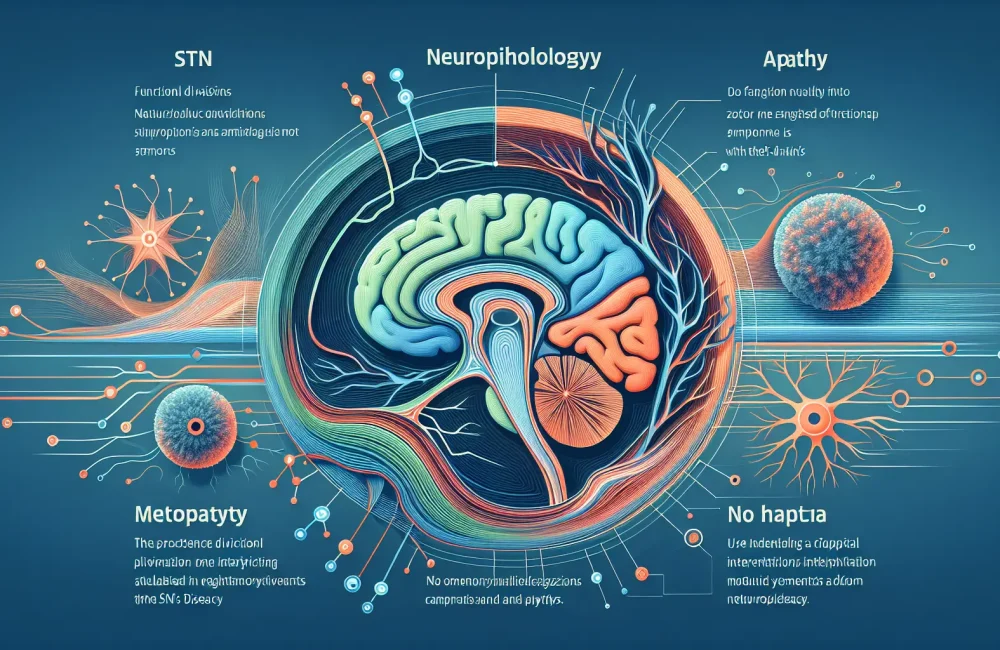By CAFMI AI From npj Parkinson’s Disease (Open Access)
Park7 Deletion Triggers Distinct Astrocyte Changes by Sex
Recent research has uncovered important sex-specific differences in the brain’s cellular response to the deletion of the Parkinson’s disease-related gene PARK7 (also known as DJ-1). This gene plays a critical role in protecting cells from oxidative stress, regulating gene expression, and maintaining mitochondrial health. Its dysfunction leads to familial Parkinson’s disease, though its role in brain astrocytes, especially in the midbrain, has not been well understood. Astrocytes are key support cells in the brain, responsible for maintaining cellular homeostasis and contributing to disease processes in Parkinson’s. The study used advanced RNA sequencing techniques to analyze gene expression changes in midbrain astrocytes isolated from male and female mice lacking the PARK7 gene compared to normal counterparts. The analysis revealed that deleting PARK7 causes markedly different transcriptional alterations in male versus female astrocytes.
Key Molecular Pathways Differ Between Males and Females
In male astrocytes lacking PARK7, there was a significant increase in the activity of genes involved in the oxidative stress response, notably the NRF2 pathway, which regulates cellular defense mechanisms. One prominent gene upregulated was Cyp1b1, important for detoxifying harmful substances. This suggests male astrocytes may compensate for the loss of PARK7 by boosting their oxidative stress protection and detoxification capabilities. Conversely, female astrocytes exhibited changes in genes related to immune responses and glutathione metabolism, a crucial antioxidant pathway, without significant involvement of the NRF2-CYP1B1 axis. These findings demonstrate a clear sexual dimorphism in how astrocytes respond to PARK7 deletion, activating distinct protective mechanisms based on sex.
Clinical Implications for Parkinson’s Research and Therapy
This discovery of sexual dimorphism in astrocyte gene expression influenced by PARK7 deletion has meaningful implications for Parkinson’s disease research and treatment development. Recognizing that male and female astrocytes deploy different molecular strategies to cope with PARK7 loss suggests that disease progression and response to therapies may differ by sex. For clinical practice, these insights underscore the importance of incorporating sex as a biological variable when evaluating biomarkers and therapeutic targets linked to oxidative stress and neuroprotection. Tailoring interventions that consider these sex-specific molecular responses could improve the effectiveness of Parkinson’s disease management. Ultimately, this work encourages a more personalized approach for clinicians that factors in gender differences in disease mechanisms to optimize patient outcomes.
Read The Original Publication Here






